Home>Ideas and Tips>The Best Time To Divide Perennials In Your Garden
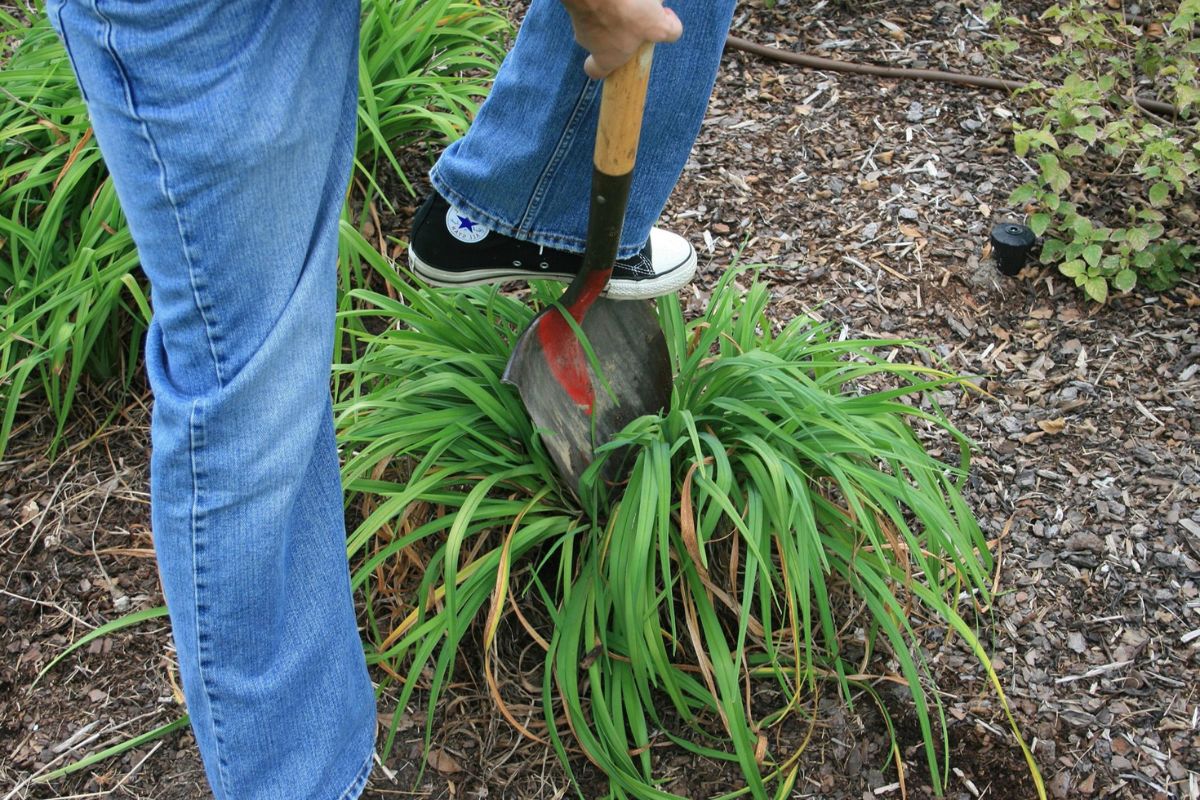

Ideas and Tips
The Best Time To Divide Perennials In Your Garden
Published: September 25, 2024
Learn the best times to divide perennials for a thriving garden. Discover tips for spring and fall division to ensure healthy, vibrant plants.
(Many of the links in this article redirect to a specific reviewed product. Your purchase of these products through affiliate links helps to generate commission for Storables.com, at no extra cost. Learn more)
Dividing perennials is an essential task for maintaining a lush and vibrant garden. Perennial plants, which come back year after year, require periodic division to ensure they continue to thrive and produce abundant blooms. The timing of division is crucial, as it affects the health and survival of the plants. In this article, we will explore the best times to divide perennials, the reasons for division, and provide practical tips for successful division.
Why Divide Perennials?
Dividing perennials is like giving your garden a fresh start. Here are four key reasons why you should consider it:
-
Control Plant Size: Perennials can grow quite large and spread rapidly. Dividing them helps control their size and prevents overcrowding, which can lead to reduced flowering and poor plant health.
-
Rejuvenate Plants: Over time, perennial plants can become congested, leading to reduced flowering and a decline in overall health. Dividing these plants rejuvenates them by removing old, dead centers and promoting new growth.
-
Increase Plant Numbers: Dividing perennials is an excellent way to increase the number of plants in your garden without spending money on new purchases. You can share the divisions with friends or use them to fill gaps in your garden.
-
Improve Plant Health: Dividing perennials helps improve their health by reducing competition between roots and shoots. This process ensures that each section of the plant has enough space to grow and thrive.
Read more: The Best Time To Plant Trees In Your Region
When to Divide Perennials
The best time to divide perennials depends on the type of plant and the climate in your area. Generally, spring and fall are considered the best seasons for division.
Spring Division
Spring is an excellent time to divide many types of perennials because the weather is typically cool and wet, reducing water loss and stress after transplantation. Here are some specific guidelines for spring division:
- Early Spring Division: For plants like astilbes, irises, and peonies, early spring division is ideal. This allows the new divisions to establish their roots before the hot weather sets in.
- Timing Considerations: Spring division should be done as soon as the growing tips of the plant have emerged. This usually occurs when the soil has warmed up slightly but before new growth becomes too vigorous.
- Plant Care Post-Division: After dividing in the spring, it's essential to keep the new divisions well-watered until they are established. This may take several weeks, depending on weather conditions.
Fall Division
Fall is another excellent time to divide perennials. The cooler weather reduces stress on the plants during transplantation, and the moist soil conditions help them establish their roots quickly.
- Late Summer to Early Fall Division: For plants like asters, chrysanthemums, and astilbes, late summer to early fall division is recommended. This allows the new divisions to establish their roots before winter sets in.
- Timing Considerations: Fall division should take place between early September in the uppermost Piedmont and mid- to late October on the coast. This allows at least four to six weeks for the plants to become established before the ground freezes.
- Plant Care Post-Division: After dividing in the fall, it's crucial to mulch the newly divided sections to protect them from frost heave. Mulching helps prevent damage to roots and crowns during freeze-thaw cycles.
Summer Division
While it's possible to divide perennials in the summer, it's not always the best option. Summer division requires extra care because plants are actively growing and may experience more stress during transplantation.
- Summer Division Considerations: If summer division cannot be avoided, wait until after the plants have finished flowering. This reduces stress on the plant as it focuses its energy on root growth rather than foliage and flower production.
- Plant Care Post-Division: Summer-divided perennials need careful watering and may take longer to recover than those divided in spring or fall. Ensure that the soil remains consistently moist but not waterlogged.
Specific Plant Divisions
Different types of perennials have specific requirements for division based on their growth habits and flowering times.
Spring and Summer Blooming Perennials
- Asters (Aster): These plants should be divided every year or two to control their spread and maintain vigor. Spring division is ideal.
- Astilbe (Astilbe): Astilbes should be divided every two to three years as they become crowded. Early spring or fall division is recommended.
- Ornamental Grasses: Ornamental grasses respond better to spring division. This allows them to establish their roots before the hot weather sets in.
Fall Blooming Perennials
- Chrysanthemums and Asters: These plants may need to be divided every one or two years to prevent them from crowding themselves into non-flowering clumps of leaves and roots.
- Bleeding Hearts and Peonies: Bleeding hearts and peonies may never need to be divided unless you want to increase your stock.
Signs That Perennials Need Dividing
Identifying when perennials need dividing is crucial for maintaining their health and productivity. Here are some common signs:
- Smaller Blooms: If the flowers are smaller than usual, it may be a sign that the plant has become congested and needs division.
- Dead Centers: Hollow or dead centers in the clumps indicate that the plant has outgrown its space and requires division.
- Sparse Bottom Foliage: If the bottom foliage is sparse and poor, it could be a sign that the roots are competing for resources and need to be separated.
Preparing for Division
Before you start dividing your perennials, there are several steps you should take to ensure a successful process:
- Water Thoroughly: Water the plants thoroughly a day or two before dividing to make them easier to handle and reduce moisture loss during the division process.
- Prune Stems and Foliage: Prune the stems and foliage back to about 6 inches from the ground to ease division and reduce moisture loss.
- Prepare the Area: Prepare the area where you plan to replant the divisions by loosening the soil and adding any necessary amendments.
Read more: The Best Time To Prune Roses In The Midwest
Dividing Perennials
The amount of effort required to divide perennials varies depending on the species and how long it has been since the clump was last divided. Here are some general tips:
- Handle with Care: Handle the roots gently to avoid damaging them. For some plants like ornamental grasses and irises, significant effort may be required to break them into smaller pieces.
- Trim Broken Roots: Trim all broken roots with a sharp knife or pruners before replanting to promote healthy growth.
- Plant Immediately: Plant the divided sections immediately in the garden or in containers. Replant them at the same depth they were originally, and firm the soil around the roots to eliminate air pockets.
- Water Well: Water well after planting to ensure the soil remains consistently moist but not waterlogged.
Post-Division Care
After dividing your perennials, it's essential to provide them with proper care to ensure they establish themselves quickly:
- Mulching: Mulch newly divided sections in the fall to protect them from frost heave and damage caused by alternating shallow freezing and thawing of the soil.
- Watering: Keep newly divided sections well-watered until they are established. This may take several weeks depending on weather conditions.
- Monitor for Pests and Diseases: Keep an eye out for pests and diseases that may take advantage of the stress caused by division.
Conclusion
Dividing perennials is an essential part of maintaining a healthy and thriving garden. By understanding when to divide your perennials based on their type and growth habits, you can ensure that they continue to produce abundant blooms year after year. Whether you choose to divide in spring or fall, following these guidelines will help you achieve successful results and enjoy a lush, vibrant garden all season long.
By following these steps and guidelines, you can successfully divide your perennials at the right time, ensuring they continue to thrive and provide beauty to your garden for years to come. Whether you're a seasoned gardener or just starting out, understanding when and how to divide perennials is key to maintaining a lush and vibrant garden that brings joy and beauty to your outdoor space.
Was this page helpful?
At Storables.com, we guarantee accurate and reliable information. Our content, validated by Expert Board Contributors, is crafted following stringent Editorial Policies. We're committed to providing you with well-researched, expert-backed insights for all your informational needs.
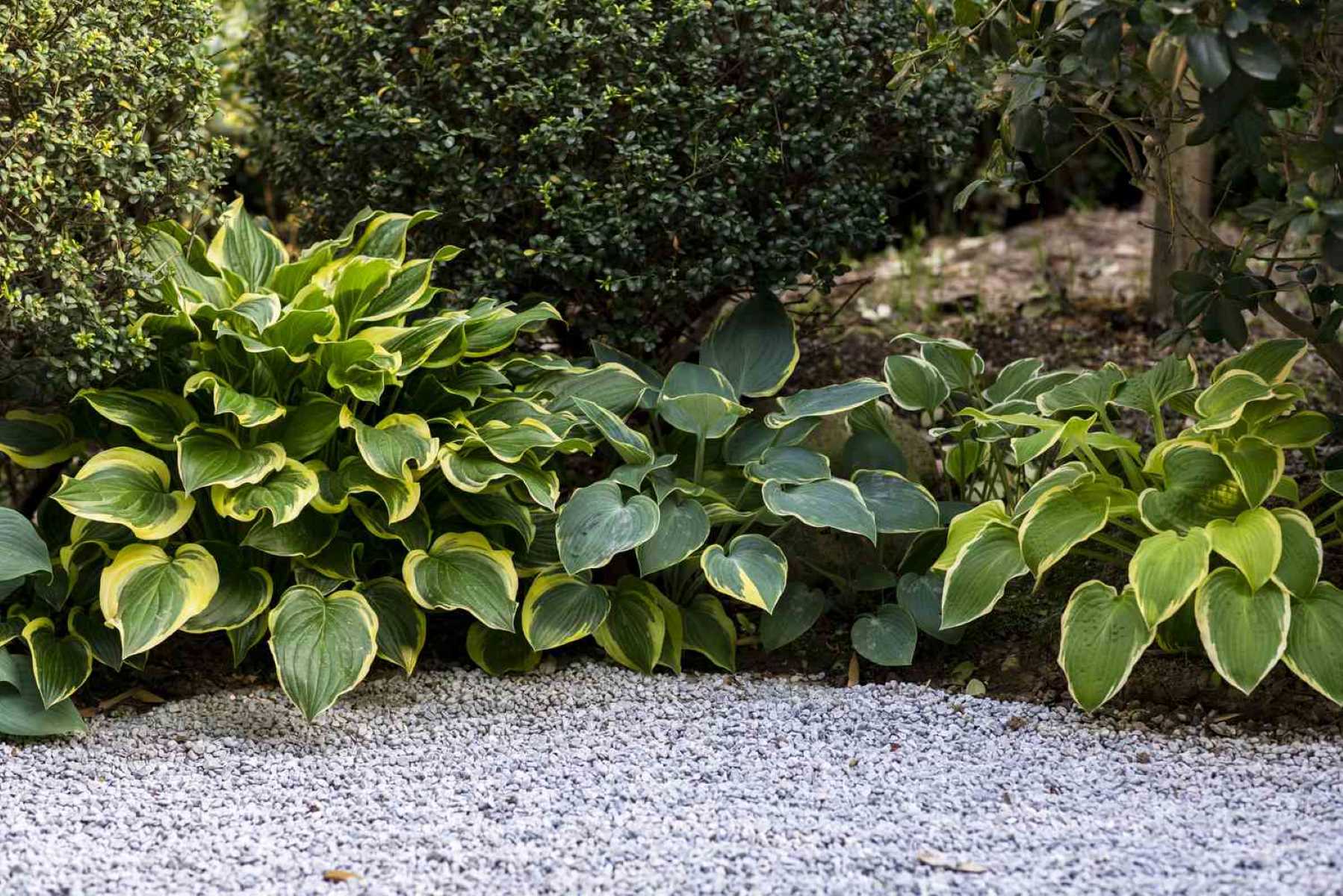

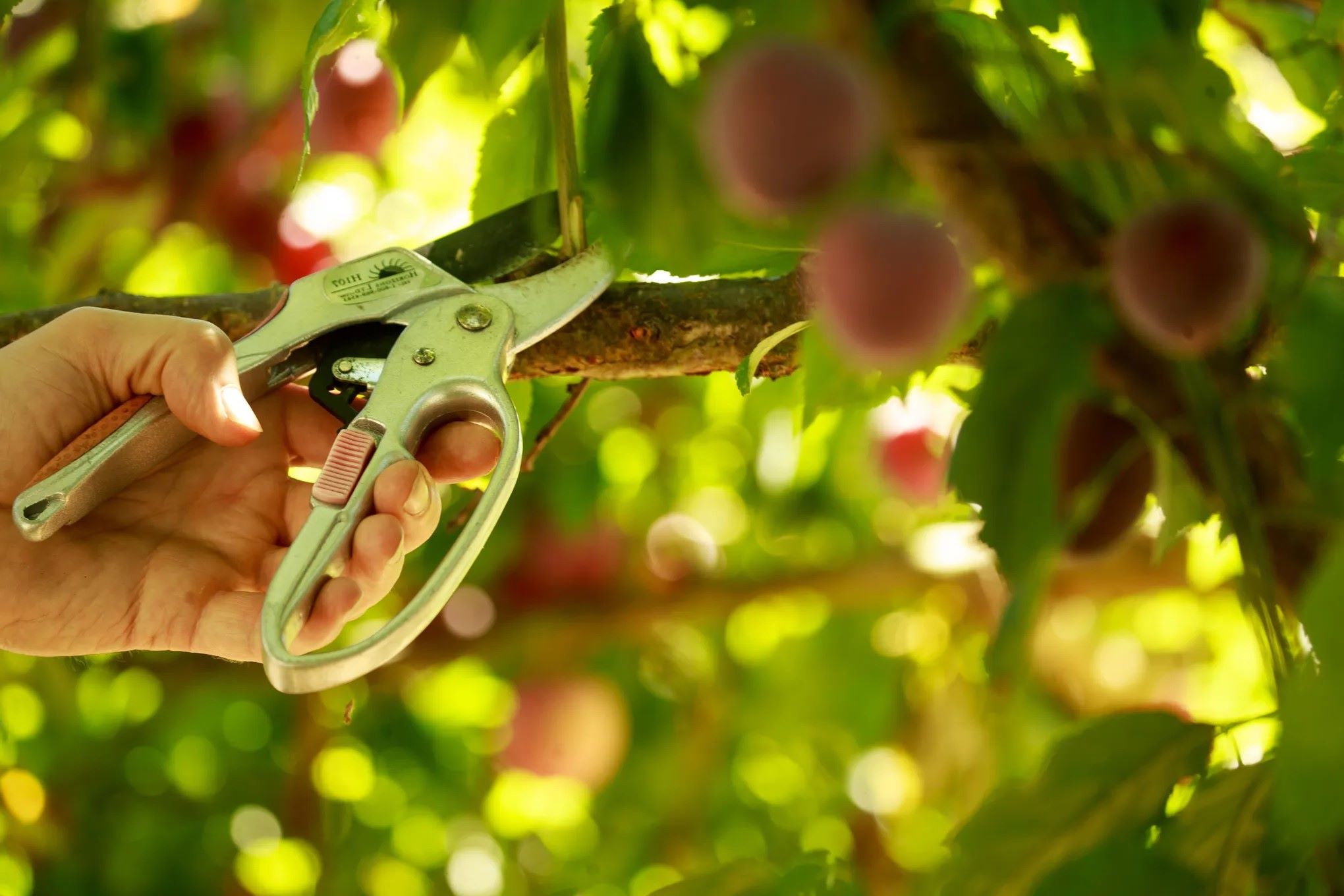
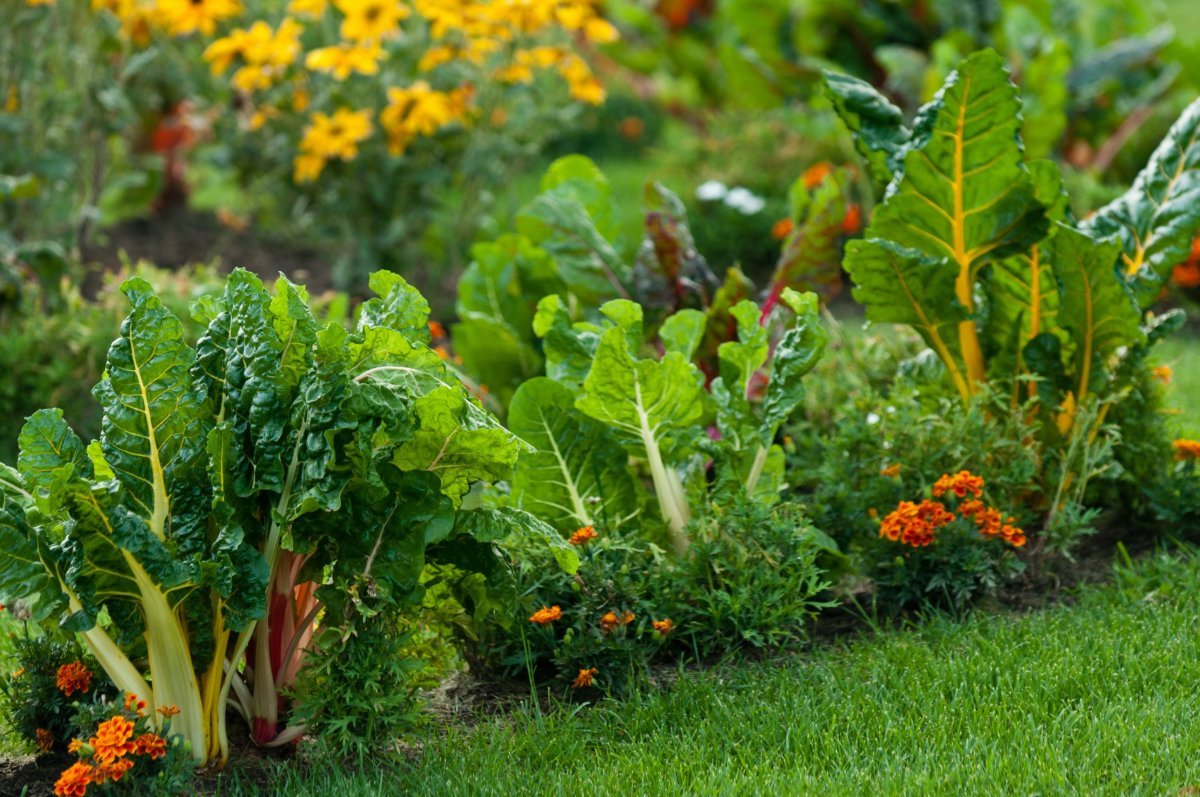
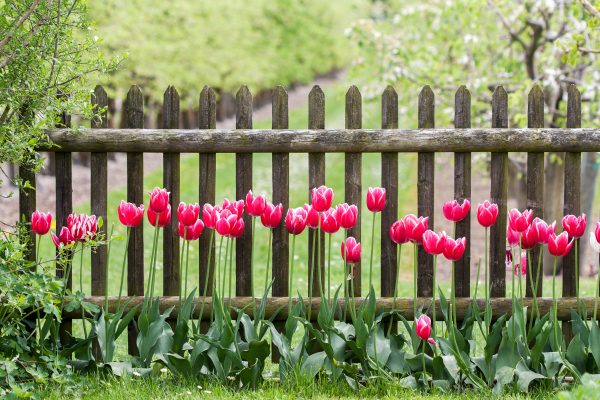
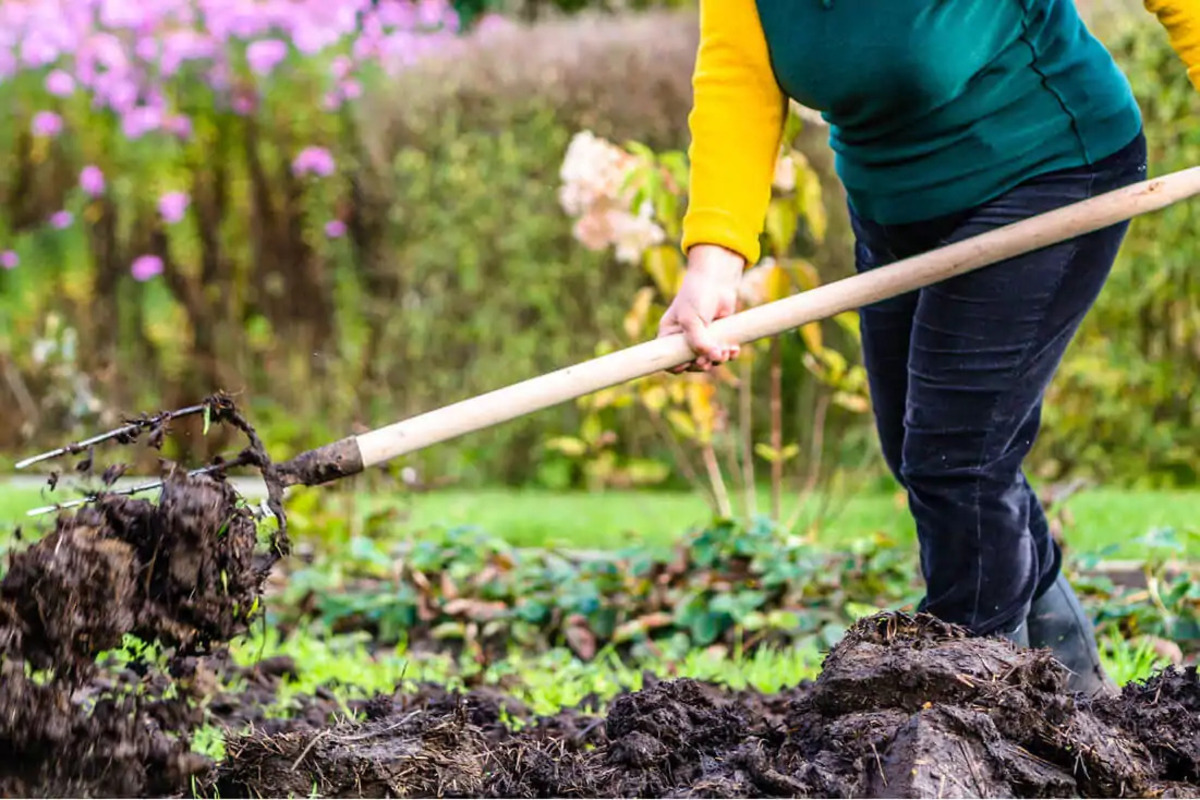
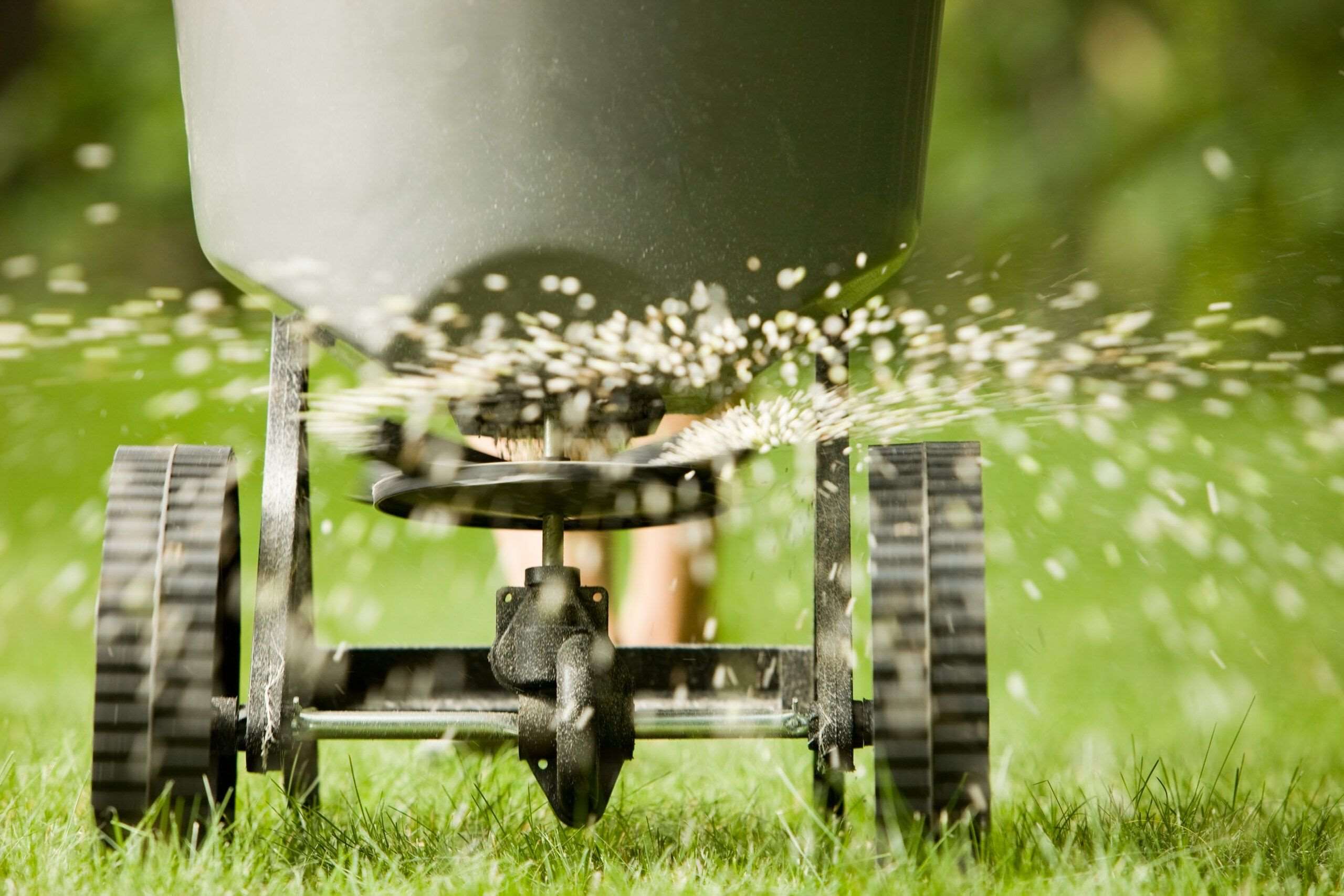



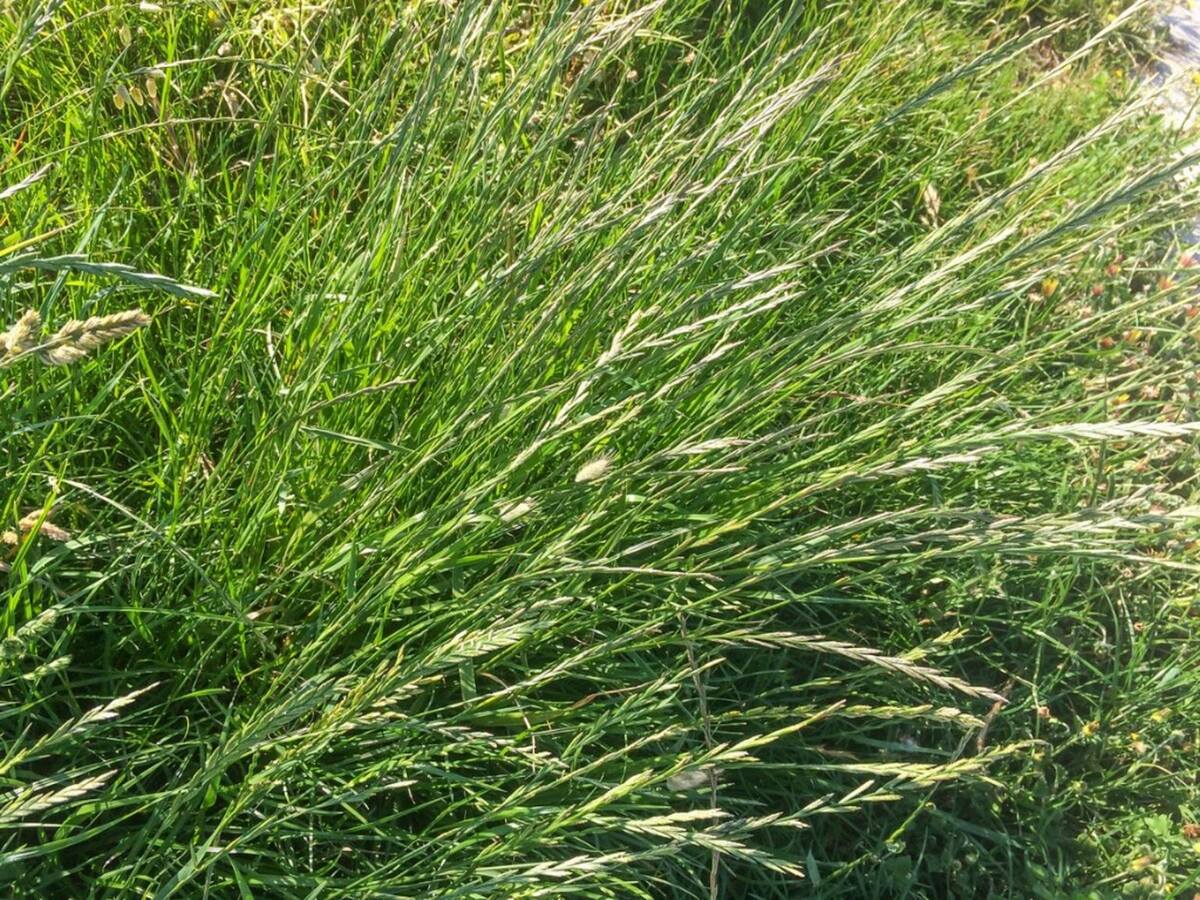

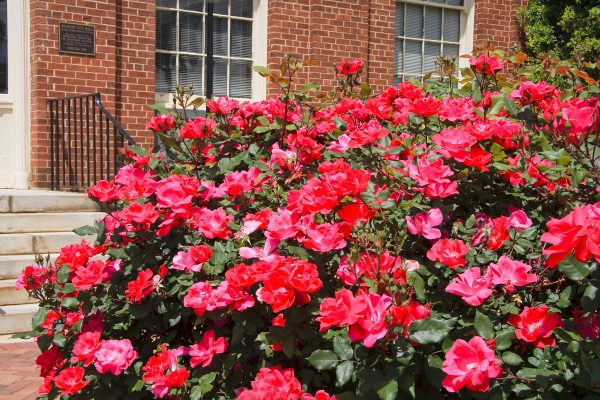
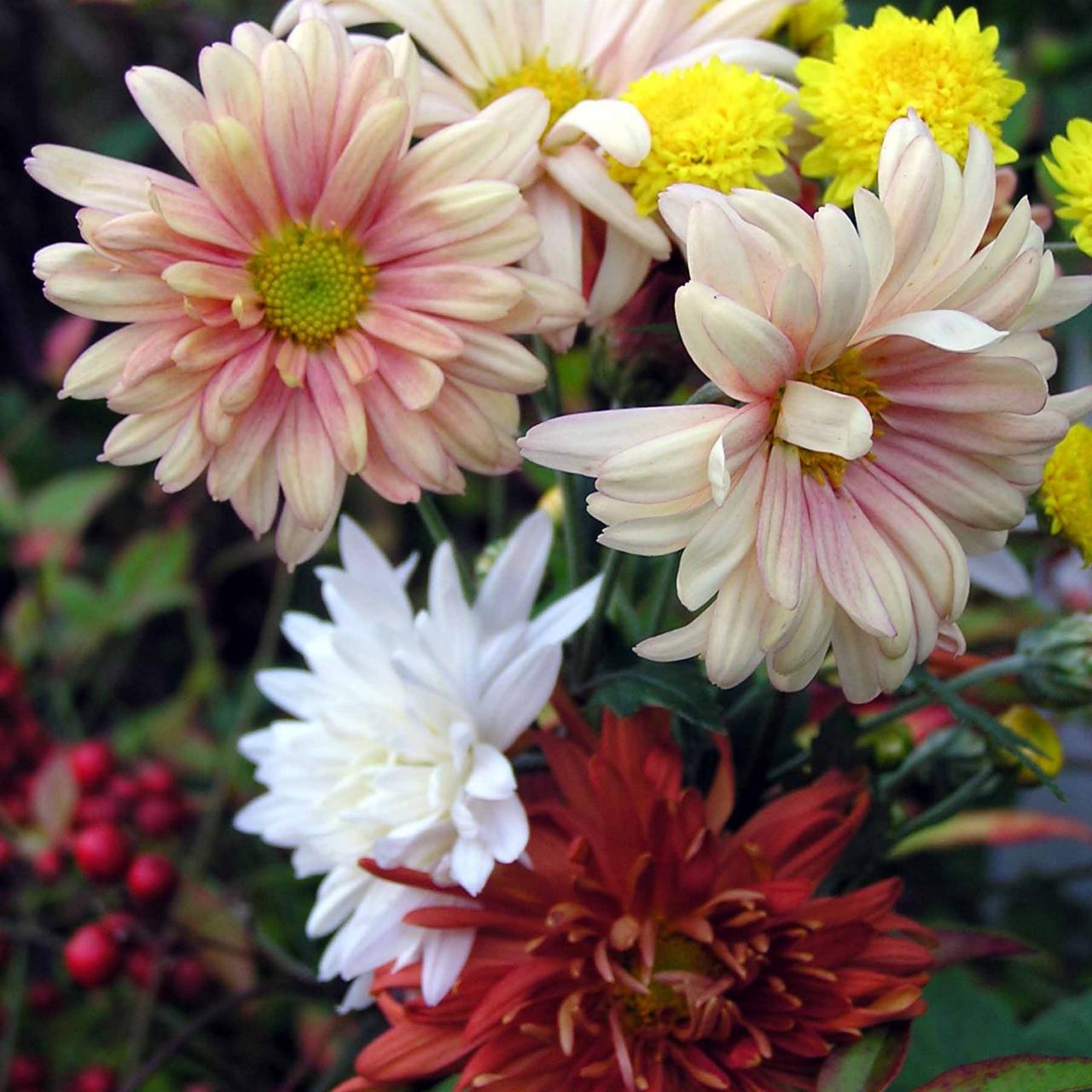

0 thoughts on “The Best Time To Divide Perennials In Your Garden”